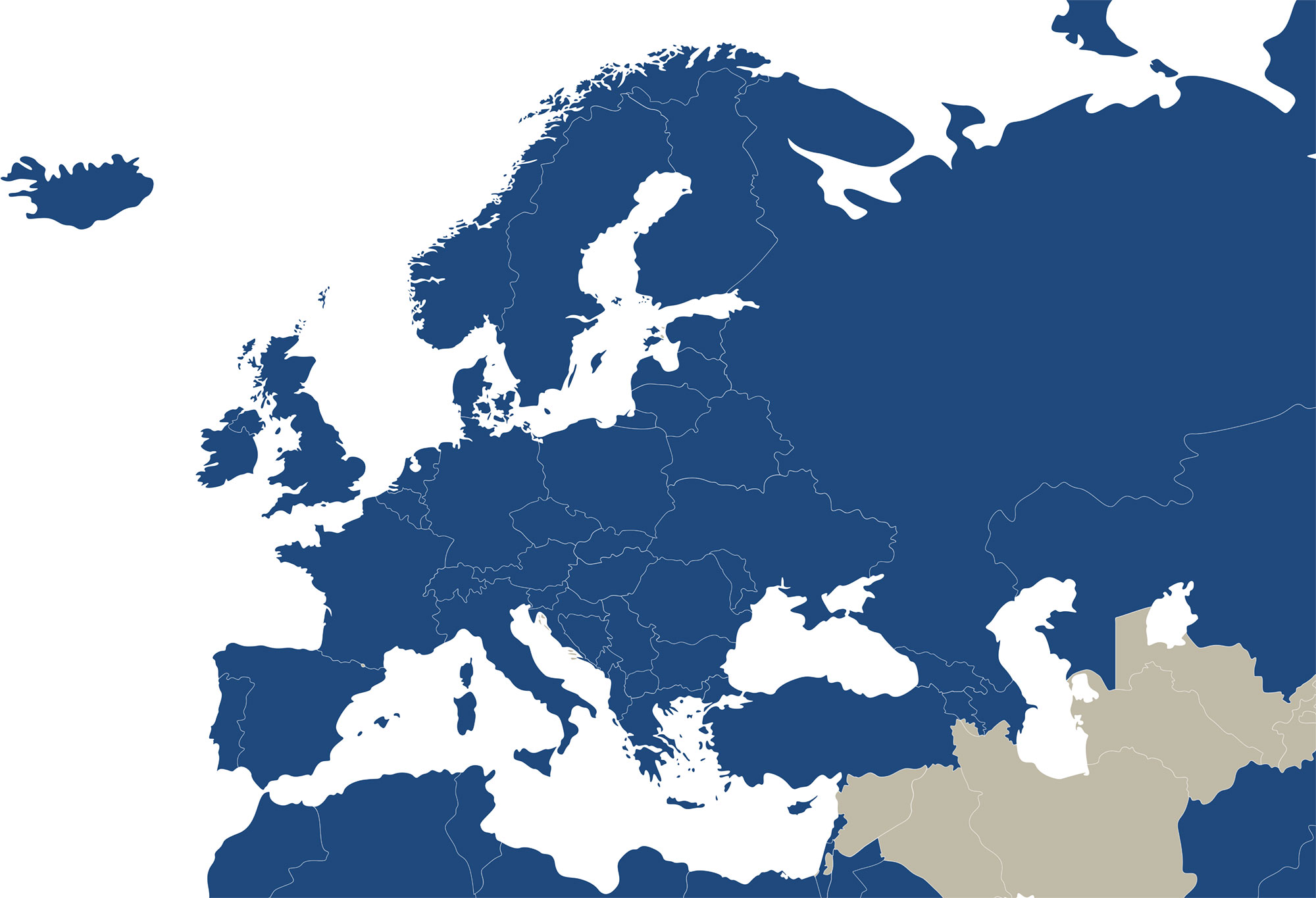Introduction
The short-term rental (STR) market has experienced a significant boom in the last two decades due to the rise of online booking providers and the increased digitalisation of the tourism value chain. These platforms have simplified the process of offering accommodation services, leading to a surge in the popularity of STRs.
This report comprehensively explores the current situation of the STR market in Europe from two perspectives – the country level and the capital city level
Beware of the boom
This report comes at a critical time when many popular tourism destinations across Europe face challenges directly caused by the growth of STRs.
These challenges span environmental, social and governance domains. Popular tourism hotspots in cities lose their local population, diminishing their attractiveness. Also, the space in residential areas is increasingly occupied by STRs, leading to unchecked real estate growth and the proliferation of the grey economy.
At the crossroads
Many countries and cities are at a crossroads, with some already implementing limitations on new (and existing) STR licenses.
This analysis aims to provide an understanding of the robustness of the STR market and underscores the necessity of regulating the overall STR market to effectively address the associated challenges.
Partner

Short-Term Rental Analytics & Data

Issues? Yes, but huge opportunities as well
Huge growth. The STR market has experienced a significant boom in the last two decades. Due to the rise of online booking providers and the increased digitalisation of the tourism value chain.
This report comes at a critical time. Many popular tourism destinations across Europe face challenges directly caused by the proliferation of STRs. We have seen a succession of protests and negative reactions to tourism never seen before.
Winners and losers. The narrative emerging from the European STR market is one of stark contrasts and looming challenges. The data reveals a market that is not just growing but evolving in ways that create clear winners and losers, both among countries and within their tourism sectors.
The explosive growth of the STR market in Europe, marked by a 72% increase in gross revenue from 2019 to 2023, is reshaping the continent’s tourism landscape. However, this growth is far from uniform.
Trouble ahead? While the headline numbers suggest a thriving STR market, the underlying trends point to potential trouble ahead, especially for smaller and less developed markets.
The data hints at a looming crisis where the very factors that once fuelled growth – such as high density and tourism dependency – could now be leading to market contraction and instability.
The very factors that once fuelled growth could now be leading to instability
Regulation is needed. The data calls for a critical reassessment of how European countries are managing their STR markets. The rapid revenue growth is promising, but it masks deep inequalities and potential sustainability issues
European countries must develop tailored strategies that balance growth with sustainability. This includes implementing regulatory frameworks that address the specific needs of different markets, ensuring that the benefits of STRs are more evenly distributed, and preventing the kind of over-saturation that could lead to market collapse in vulnerable regions.
While the regulatory clampdown in certain capitals appears to address local concerns about overtourism and housing scarcity, the broader European trend reveals a more complex reality.
Top down? As the tourism industry continues to grow, it’s clear that cities cannot be left to manage this surge on their own. National-level regulation plays a crucial role, and it’s time for governments and administrations to step up.
It’s clear that cities cannot be left to manage this surge on their own. National-level regulation plays a crucial role
Available European Rooms 2023
France Marketshare 2023
Increase in Gross Revenue 2019-2023

The 2023 market is estimated to be worth €20.3 bn
The STR market has exploded since 2019, experiencing a 72% increase in gross revenue.
The pandemic hit hard, but there has been a 9% increase in capacity since 2019.
5 countries account for 70% of all overnights.
France has the most available beds – 29% of the whole market.
London has the highest gross share of revenue in Europe at 21%.
Five cities dominate the short-term rental market
London, Paris, Rome, Madrid and Lisbon account for 58% of supply and 70% of the revenue.
These cities grew 55% between 2019 and 2023.
London delivers over 800m Euros a year in revenue.
Dublin is one of the most lucrative markets for owners, with the highest monthly earning.
ADR across European capitals has grown 55% since 2019.

Market Data
Europe 2019 vs 2023
Horwath HTL and AllTheRooms have partnered to bring the key statistics from the short-term rental market. Click on a country to see how the percentage change of their stats from 2019 to 2023 and compare markets.

Rome ADR Growth
Madrid ADR Growth
Warsaw ADR Growth

Full speed ahead
The narrative emerging from the European STR market is one of stark contrasts and looming challenges.
As the STR market surges, the real story lies in the uneven distribution of benefits and burdens, raising urgent questions about sustainability, regulation, and the future of European tourism.
The data reveals a market that is not just growing but evolving in ways that create clear winners and losers, both among countries and within their tourism sectors.

But not for all
The explosive growth of the STR market in Europe, marked by a 72% increase in gross revenue from 2019 to 2023, is reshaping the continent's tourism landscape.
Others like Czechia and Estonia are grappling with declines in available STR accommodation, overnight stays and occupancy rates.
This divergence underscores the growing divide between countries that can capitalize on the STR boom and those struggling to maintain their share in an increasingly competitive market.
As we have seen from the reports of unrest, many of the markets reaping financial rewards are facing extensive pushback from local communities.
Tourism Frameworks
Urgent questions about regulation and the future of European tourism
With hindsight, much of the pushback seems inevitable. A perfect storm of the pandemic, rebound tourism and underinvestment have created a system creaking at the core.
Implementing regulatory frameworks that address the specific needs of different markets is paramount, ensuring that the benefits of STRs are more evenly distributed, and preventing the kind of over-saturation that could lead to market collapse in vulnerable regions.
As the STR market continues to expand, the challenge will be to manage this growth in a way that supports long-term stability and benefits for all.

All of the data in the report was provided by AllTheRooms, with the exception of visitor numbers which were provided by GlobalData. All of the copy and analysis was done by Horwath HTL. Whereas all efforts have been made to verify the accuracy and validity of the data, and the data is believed to be accurate at time of publishing, this cannot be guaranteed. AllTheRooms and Horwath HTL reserve all rights.



